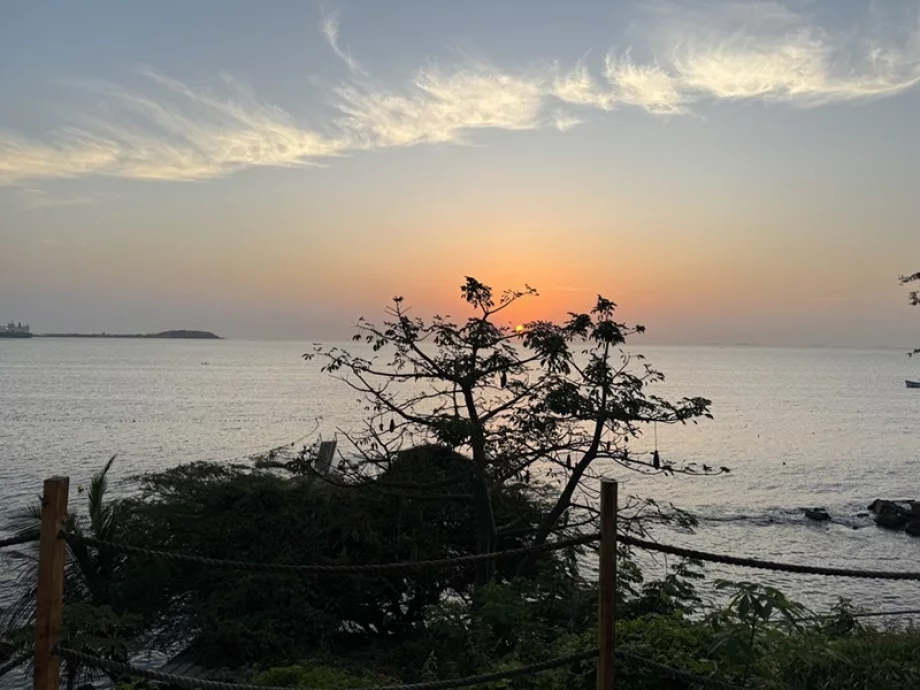Outreach Africa Report: Hôpital Principale, Dakar, Senegal - January 2024
February 29, 2024
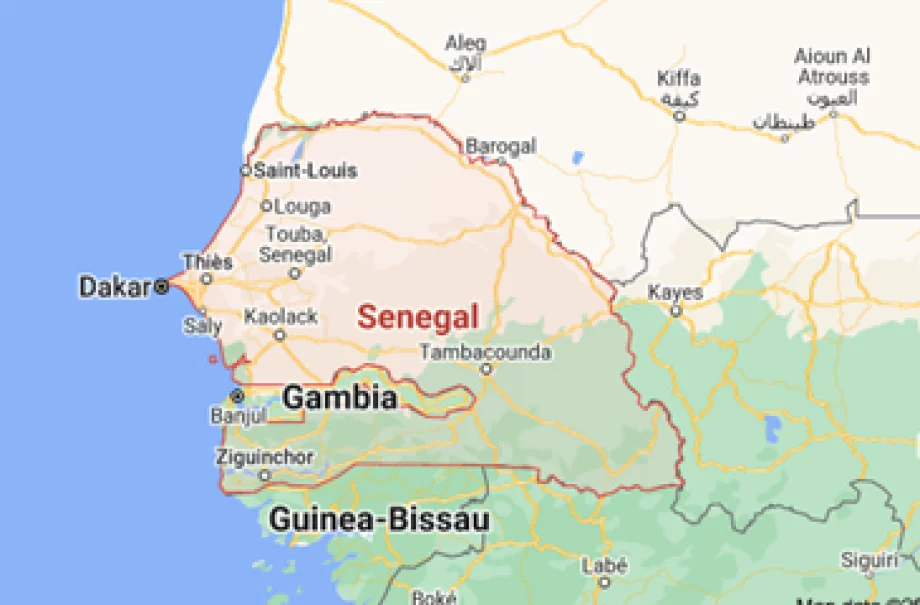
Senegal is a country of about 17 million inhabitants on the westernmost coast of sub-Saharan Africa. It is one of Africa’s most stable countries, with peaceful political transitions. About 25% of the population live around its capital, Dakar. The adult literacy rate is 58% and medical services are highly limited, with only 45% of the population covered by some form of health insurance. Most hospitals provide basic gastroscopy and colonoscopy services, but ERCP provision is minimal. Dakar is the first francophone location proposed as a WEO training center, and the candidacy arose from a strong and personal connection with Prof. Gabriel Rahmi more than a year ago who described to us the 2-year outreach project called SENENDO.
The SENENDO program is a substantial French initiative specifically directed at the Hôpital Principal Dakar. It is supported by the nongovernmental medical aid organization, La Chaïne de l’Espoir, and French gastroenterologists and nurses, as well as by Fujifilm and Microtech. The project aimed at establishing a high-level endoscopy unit at the hospital for more and better basic endoscopy, as well as the introduction of level 3 advanced endoscopy, particularly ERCP and EUS. It comprised four annual visits by faculty that included several doctors, to facilitate performing advanced procedures and support procedural training, and several nurses who undertook local nurse training and provided logistical and organizational assistance. In addition, a scholarship was provided for one local trainee to travel to France for hands-on training in advanced endoscopy. The SENENDO program will now morph into two site visits per year only, with continuing support for hands-on training in France dependent on funding.
As there is a need for ongoing support, we want to explore a continued development of Dakar as a francophone location for establishing a WEO training center, in collaboration with Prof. Rahmi and the key individuals in Dakar. We visited Dakar during a SENENDO mission visit to better understand their activities and assess the potential role for WEO support.
Hôpital Principal Dakar (HPD) is a military hospital and is the largest and best developed public university hospital in Senegal. It is more than 120 years old, built in the French colonial style, well-maintained, and expanded to a total of 421 beds, with an excellent standard gastrointestinal ward for inpatients with one patient to an individual room.
We were told that HPD is a medium-level standard public hospital for all patients, who may have varying insurance arrangements. Those with less or no insurance can still pay for services and equipment.
The hospital has a major interest in cardiology, a new maternal and child health wing and a newly developed interventional radiology department, as well as the other standard hospital departments including internal medicine, infectious diseases, orthopedics, general surgery, etc. It is well equipped with an intensive care unit, five or six operating theatres, and two new MRI scanners.
Endoscopy activity is performed in two locations: an endoscopy room with an Olympus 170 tower where minimally sedated and unsedated patients have their procedures, and an operating theatre where complex procedures and colonoscopy are performed under general anesthesia, using Fujifilm endoscopes. We were told that there were 18 endoscopes of which 14 were functional, including 1 or 2 duodenoscopes, 1 pediatric gastroscope, and 1 radial and 1 linear EUS scope. The endoscopes are manually cleaned, then dried in a state-of-the-art plasma drying system, and hung in a cabinet – both supplied by the SENENDO team.
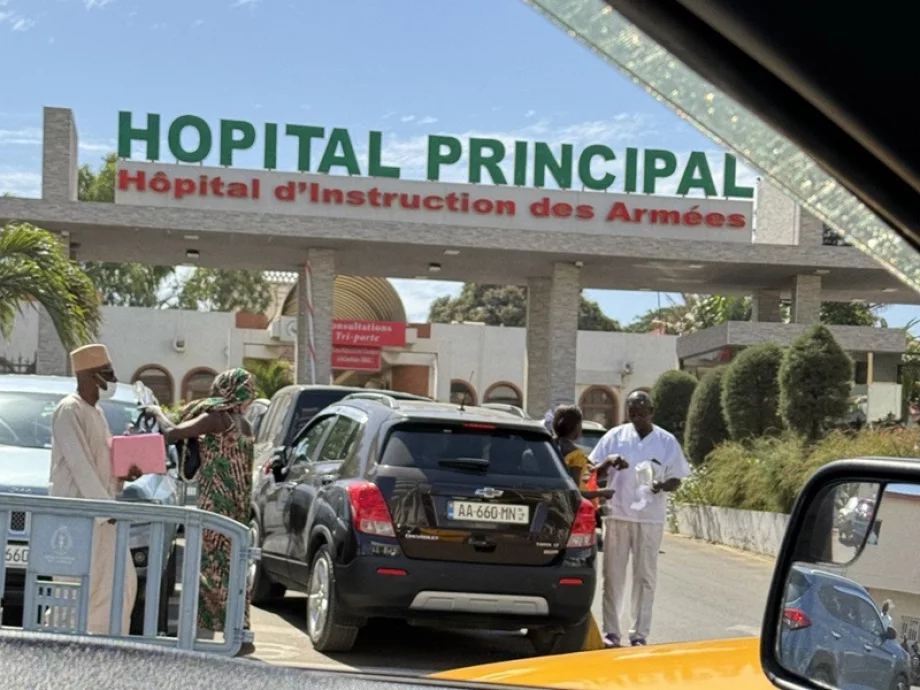
There are four gastroenterologists who perform all the procedures and train junior staff. No surgeons are involved in endoscopy. There is substantial nurse staffing.
Fellows and fellowship program: in a 4-year GI training program diagnostic and basic therapeutic gastroscopies and colonoscopies are taught in years 3 and 4. One doctor recently finished advanced training in Paris, another is presently in Brest, both getting hands-on exposure to ERCP.
The normal program was cited as including about 6 procedures per day on 3 days a week in the operating theatre, with deep sedation for complex procedures and for colonoscopy. In addition, around 20 procedures comprising upper endoscopies and sigmoidoscopies are performed weekly with minimal sedation. Our visit coincided with that of the French mission, and so the normal endoscopy activity was not happening at that time; the hands-on component of the mission training was focused entirely on advanced procedures (ERCP, EUS, POEM, complex dilations), with none of it aimed at level 1 and 2 endoscopy. However, there was to be an additional 2 days of lectures and model-based hands-on training, probably having more of a basic focus but which we could not attend.
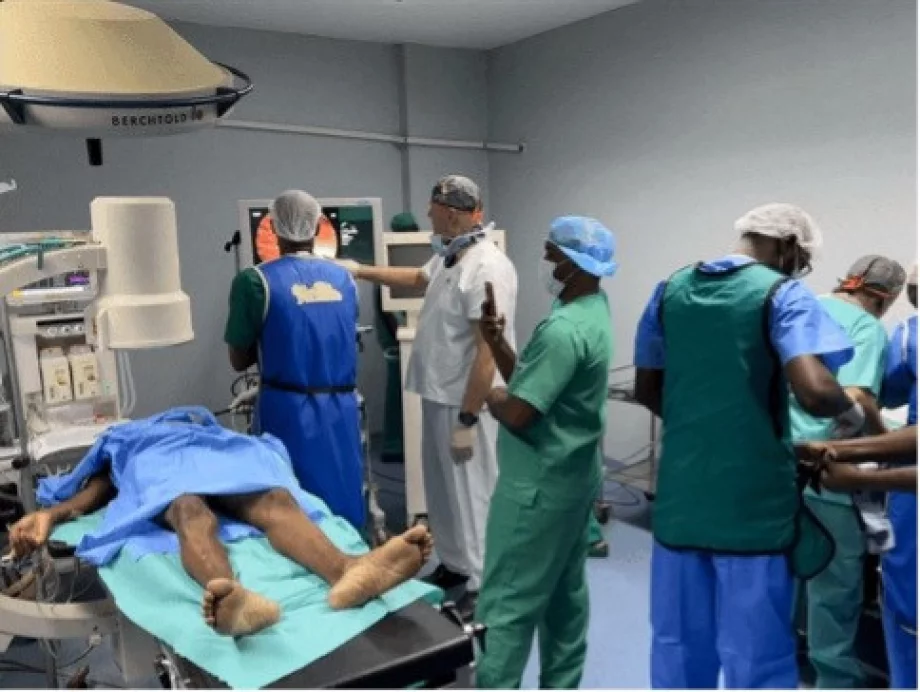
There is no electronic reporting, only handwritten short notes of procedures. A roster book was kept, and we were told regular reports were being manually made from this. To date, there has been no reported plan for revision of this setup.
Wifi was generally not available in the hospital areas that we saw, including the advanced endoscopy operating theatre or the regular endoscopy unit.
Also, 4G quality was modest. According to the hospital Director, a cabled router could easily be installed and we highly recommended that. With that in place, a setup for remote tutoring could be envisaged. The C-arm was old and analog, with limited connectivity, but it appeared that two new digital C-arms were under order. Extraction of endoscopy imaging from the Fujifilm tower to laptop via low-end usb-c converter worked flawlessly.
This situation was not very different from our previous experiences, with patients paying for each accessory. A recent arrangement between Microtech, a local distributor, and the hospital pharmacy brings down the costs of core accessories; these costs remain high even after discount.
Acquisition of endoscopes was difficult and seemed to be decided by central health administrative authorities without consultation with endoscopists. For example, there had been a recent purchase of one linear and one radial EUS endoscope for another university hospital that had no trained endoscopists on site to use them. We had some discussion with Fujifilm representatives, who have been providing the SENENDO program with endoscopy support; they confirmed once again that the equipment was purchased with no service contracts and, as elsewhere in Africa, there is limited access to local repair.
There was apparently no output from the gastroenterology department. All fellows are required to complete a written project/thesis, mostly a small retrospective study or similar. The limited record-keeping, and inconsistency of endoscopy reporting are challenges to research. We surmise a huge potential for improvement in this.
Prof. Rahmi and Dr. Ibrahima kindly organized a series of key meetings during our visit which highlighted the potential role for WEO in this environment, and hopefully lent support to the ongoing SENENDO activities.
The hospital Director, a gastroenterologist who has been instrumental in the development of the center to date, was unfortunately away during our visit. We had, however, been in communication with her and had her approval and support for the development of a memorandum of understanding (MoU). We met instead with the Deputy Director, Prof. Daouda Dua, a radiologist. He was highly supportive of the SENENDO activities, and of our proposals, and verified the support from the hospital on behalf of the Director. He showed us the Radiology department which has a sophisticated setup for digital image access including in-hospital and outside/international access to radiology images and reports, as well as a DVD printing option. These technologies are not currently present for the Endoscopy unit which has no standardized reporting or image capture, much less transmission capabilities. He reassured us that digital technology, wifi, and image transmission were readily able for provision to the unit by the hospital. This is to be pursued.
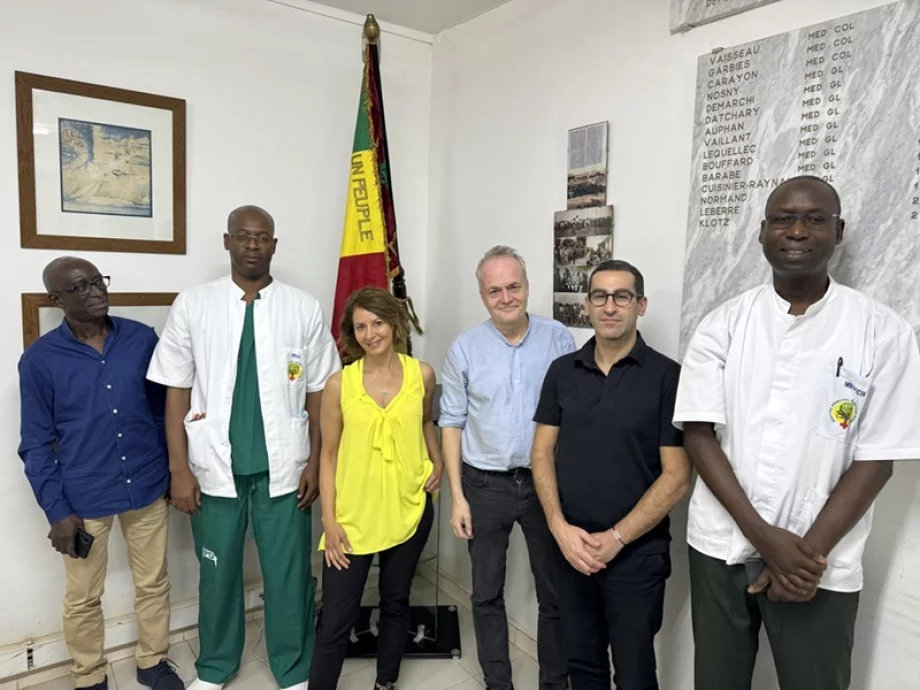
We met with the Dean of the Faculty of Medicine at the University of Senegal campus, who is in charge of the gastroenterology training program. This was useful for drawing attention to the activities of the SENENDO project, and for offering WEO collaboration in facilitating research, as each trainee is required to complete a research thesis. We also had the opportunity to visit the new simulation laboratory, equipped with a few impressive models that looked minimally used. The lab would be utilized for a “masterclass” hands-on element of the SENENDO program, and also serves to strengthen the inherently valuable connection with the Faculty of Medicine.
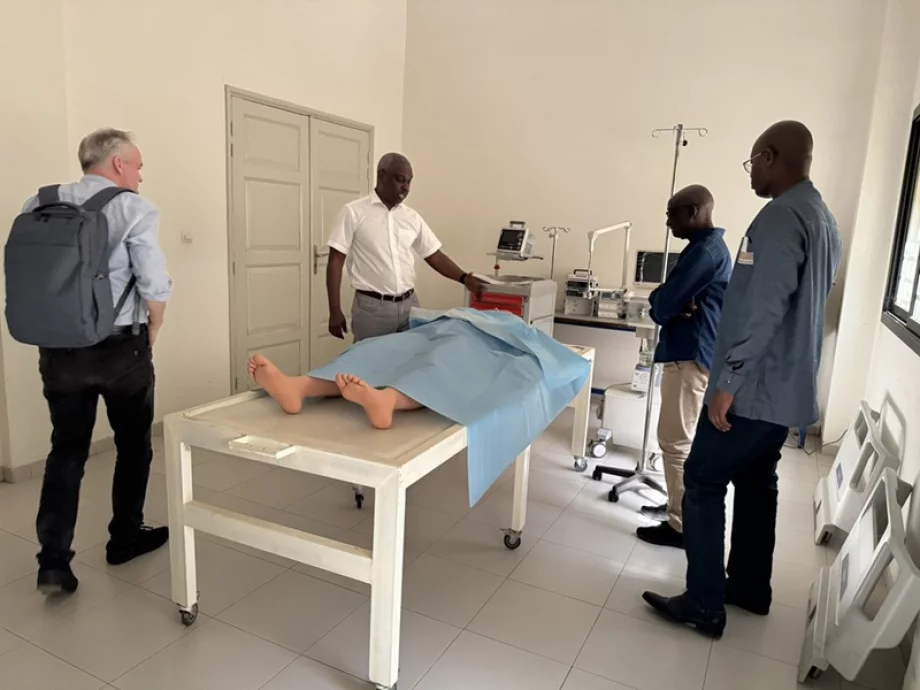
A short car ride took us to the second-largest hospital in Dakar, where we met with the head of the Department of Gastroenterology, who was also the President of the Senegalese Society of Gastroenterology. A fruitful discussion regarding the main interests of both parties highlighted the joint aim of improved access to endoscopy training. It was not clear how active the Society was, and they are yet to develop an internet presence. Also, the Society had no role in the design or process of gastroenterology fellowships.
The SENENDO project is formally restructuring after 2 years of 3-monthly, 1-week missions plus longer-term fellowships in France for select candidates. There is a plan for scaled-down activity (two missions yearly) with support from Microtech. There was interest in teaming up with WEO for the continued support for the Hôpital Principal, but also to look at endoscopy services in Senegal in general, where a total of around 40 gastroenterologists all do some level of basic endoscopy. Complementary faculty visits from the WEO side may be of relevance, particularly for training in quality basic procedures; this will be discussed with the SENENDO group.
While language for international education may be a barrier in francophone Africa, Dr. Ibrahima Diallo, for example, spoke English quite well, suggesting that opportunities for Indian fellowships may exist down the line for select candidates, even from francophone countries. We discussed activity in other francophone countries; Ivory Coast, Togo, and Benin might be candidate locations. Two doctors from Ivory Coast were present during this mission, as observers. Similarly, faculty visits from French-speaking endoscopists would be preferred, but we were able to communicate easily even with our minimal French, mainly due to their excellent English.
There is an obvious need for electronic endoscopy documentation; we will look into solutions for this. Options are limited until internet access is in place, but the free-standing software set-up by Dr Sandie Thompson and Word-based templates developed by Prof. Lars Aabakken are possible solutions. Documentation will also facilitate the development of research initiatives within the unit.
Hôpital Principal in Dakar has a relatively well-functioning public GI unit. It will have ongoing support from French initiatives through Prof. Rahmi with whom we will collaborate in facilitating the unit’s ongoing development.
Specifically, the need for faculty visits by WEO may be less pressing at the moment, but other components of support may be quite valuable, e.g. upskilling with international training, documentation setup, remote tutoring, and research facilitation. A draft MoU will be amended based on the experience from this trip, then signed for official inauguration of the unit as a WEO training center.
